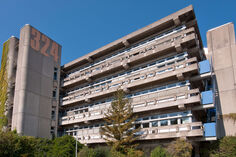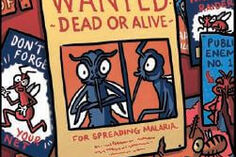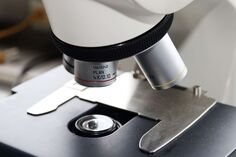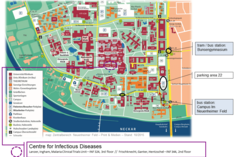
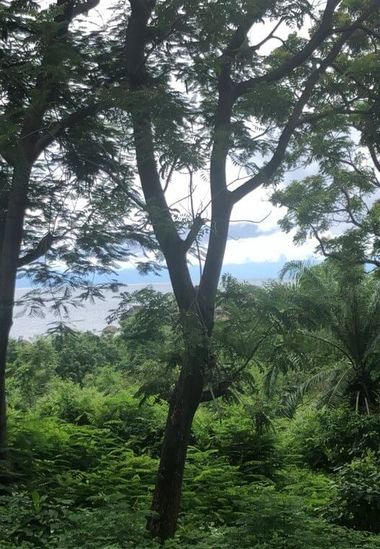
Despite the covid situation, I had the privilege to interrupt my scientific work at Freddy Frischknecht's lab to witness, diagnose and treat patients in a country with one of the highest numbers of malaria cases in the world.
In the following, I would like to share some of my experiences and photos with you.
Liuli:
Beginning of January, we arrived in a small village in the South-West of Tanzania right next to the lake Malawi. This lake is the 9th biggest in the world and is called Lake Nyassa by locals. As Liuli is the opposite of a touristic place, it took us three days and some really interesting car rides to reach our destination.
Liuli is such a peaceful and beautiful village with such warm-hearted and welcoming people and with the most impressive nature. Our view when drinking coffee in the morning would usually include the Lake Nyassa at the horizon and a big monkey family climbing around in the trees.
A quick side note: in the beginning we decided not to swim in the lake, as we weren’t really keen on catching schistosomiasis; just to notice two days later that the water used for showering was taken directly out of the lake leaving us no other choice but to give up our no-swimming-policy and keep our fingers crossed while jumping into the lake.
The hospital:
Employing about 80 people, St. Anne’s Hospital in Liuli is a really important institution for the surrounding area.
Just to give you an idea of the situation: the doctors earn about 320€ a month and the medical officers (ArzthelferIn) about 60€.
In the hospital there is a female, male, children’s and maternity ward, an outpatient consultation and an institution called CTC. In this institution about 1,500 patients are being educated and treated for HIV. About a third of these patients have a viral load of < 50 RNA copies and therefore meet their therapy goal.
In addition, there is a major theater used for surgeries like c-sections and appendectomies. As one can see in the pictures, sometimes there are monkeys observing the surgeries closely from outside of the windows.
With about one birth or c-section a day, we were able to witness and help deliver quite a few beautiful newborn babies.
For diagnostics, there is an ultrasound device and an X-Ray machine, which work as long as there is no power cut. The laboratory is pretty simple, as there is no availability for blood analysis. But as you can see, there is a microscope for the diagnosis of malaria and there is the possibility for HIV and malaria rapid testing (both funded by the government).
One fun fact about the hospital: if you need a blood transfusion, your family must reimburse the hospital by donating the blood for two further blood transfusions. This compensates the high number of incompatible blood donations coming from malaria infected donors, who are incompatible for transfusion.
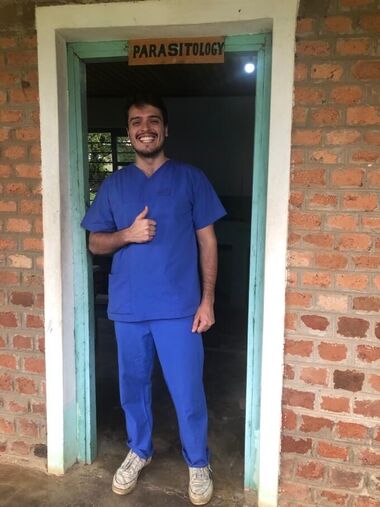
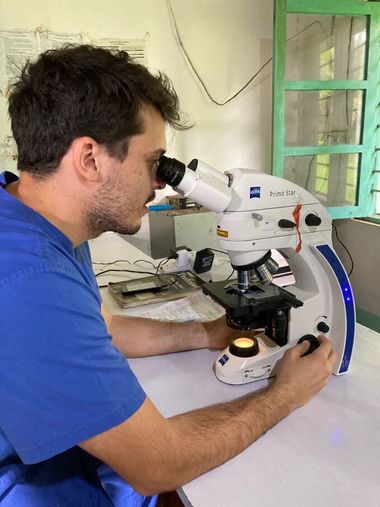
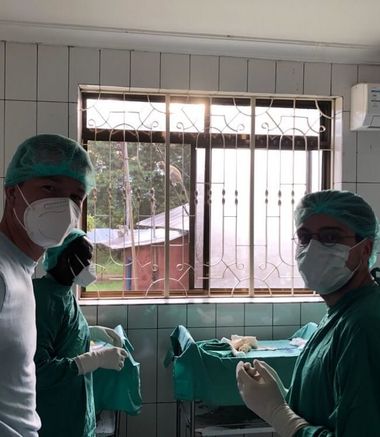
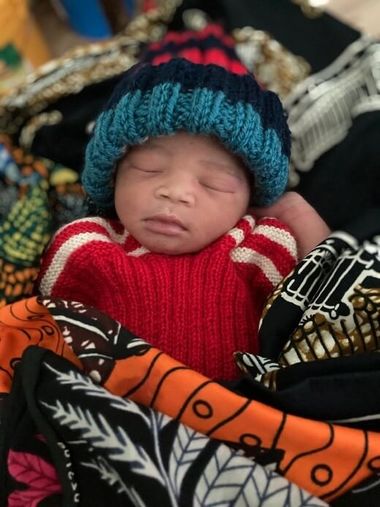
The diseases:
Coming from Germany with the Omicron-Variant in mind, one would assume that Covid would also play a major role in the hospital in Liuli. The contrary is the case. In the last two years this month has been the longest period of time for me without wearing a mask. Even though we found a standard operating procedure for potential Covid patients, not a single patient presented with covid symptoms (the diagnose would have been pretty difficult either way, as there were no Covid tests available).
Tuberculosis is another disease we would have expected to encounter but didn’t.
The most common diagnoses were malaria, typhoid fever, urinary tract infections and peptic ulcer disease. This might also be explained by the lack of diagnostic tests for other diseases. Occasionally, patients would present with snake bites or with injuries after being in an accident.
Every disease that required more complex surgery would have to be transported to the next bigger hospital. This means at least three hours of transportation in the local bus, as ambulances were mostly not available.
The therapeutic approaches didn’t differ much from German guidelines, provided that the required medication was available.
Also, the c-sections were performed using similar techniques, with the only difference being the anesthesia. Instead of using local anesthetic procedures, ketamine was the drug of choice. This unfortunately resulted in a lot of newborns having to be ventilated for their first 15 minutes of life, as a consequence of the respiratory depression caused by the ketamine (In the three weeks of our internship all newborn babies were able to leave the hospital with their mothers).
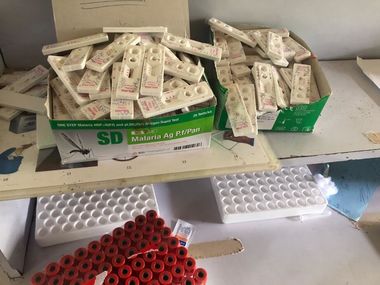
End of the trip:
As our internship came to an end, we also wanted to get to know some other parts of Tanzania. So, we decided to spend two days on safari in the Mikumi National Park. On safari we were able to see plenty of animals, such as giraffes, elephants, buffaloes, impalas, monkeys, etc. Unfortunately, we couldn’t spot any lions. But to quote our ranger: „While we might not have seen any lions, we can be sure that they definitely saw us.“
The last days we spent on the beautiful beaches of Zanzibar and kept on thinking: Why do we have to go back home?
